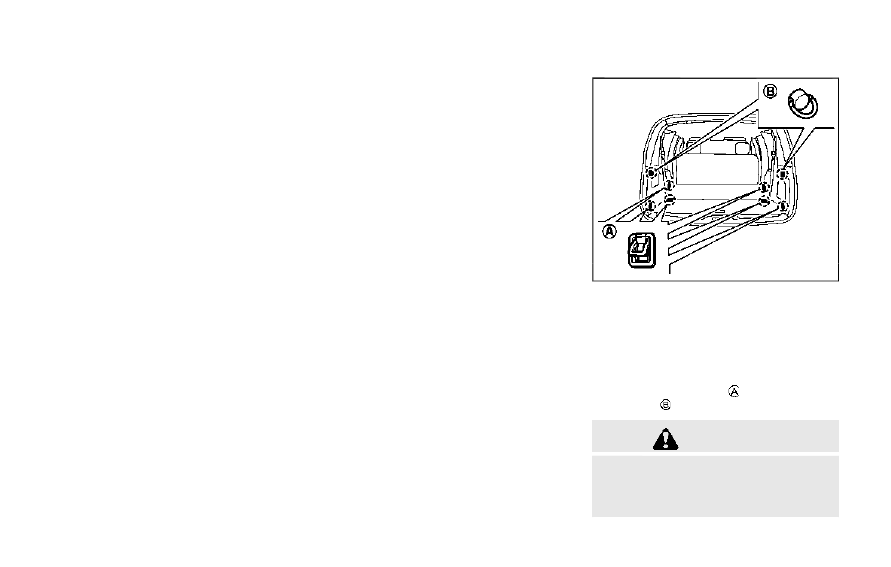Infiniti QX80 (2018 year). Manual - part 31

10-16
Technical and consumer information
the driver and passengers from
XXX kg or XXX lbs.
4. The resulting figure equals the
available amount of cargo and
luggage load capacity. For exam-
ple, if the XXX amount equals
1400 lbs. and there will be five
150 lb. passengers in your vehicle,
the amount of available cargo and
luggage load capacity is 650 lbs.
(1400 − 750 (5 x 150) = 650 lbs) or
(640 − 340 (5 x 70) = 300 kg.)
5. Determine the combined weight of
luggage and cargo being loaded on
the vehicle. That weight may not
safely exceed the available cargo
and luggage load capacity calcu-
lated in Step 4.
6. If your vehicle will be towing a
trailer, load from your trailer will
be transferred to your vehicle.
Consult this manual to determine
how this reduces the available
cargo and luggage load capacity
of your vehicle.
Before driving a loaded vehicle, con-
firm that you do not exceed the Gross
Vehicle Weight Rating (GVWR) or the
Gross Axle Weight Rating (GAWR)
for your vehicle. (See “Measurement
of weights” (P.10-17).)
Also check tires for proper inflation
pressures. See the Tire and Loading
Information label.
SIC4446
SECURING THE LOAD
There are tie down hooks located in the
cargo area as shown. The tie down hooks
can be used to secure cargo with ropes or
other types of straps.
Do not apply a total load of more than 22 lb
(10 kg) to a single hook
or 7 lb (3 kg) to a
single hook
when securing cargo.
WARNING
. Properly secure all cargo with ropes
or straps to help prevent it from
sliding or shifting. Do not place cargo
higher than the seatbacks. In a sud-